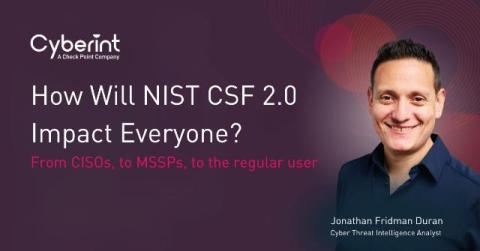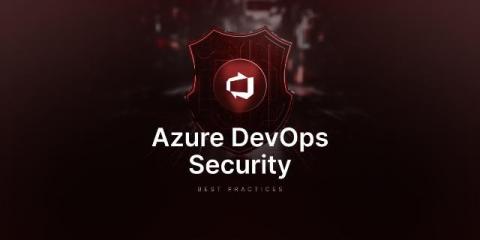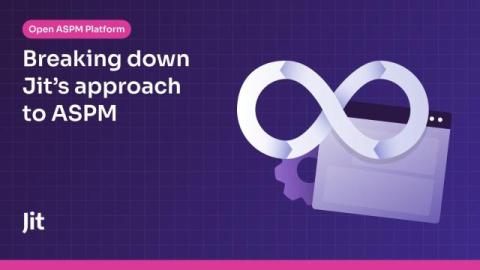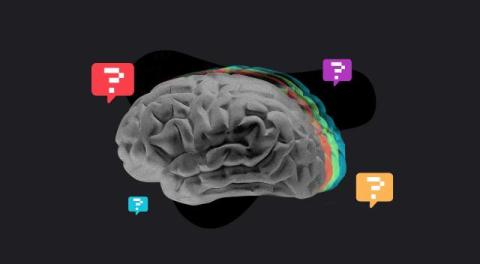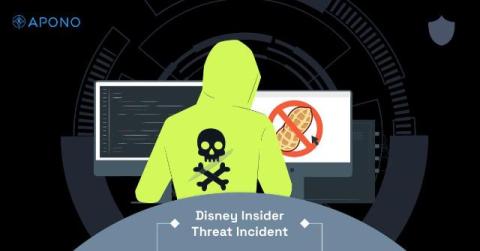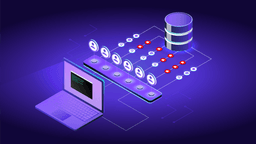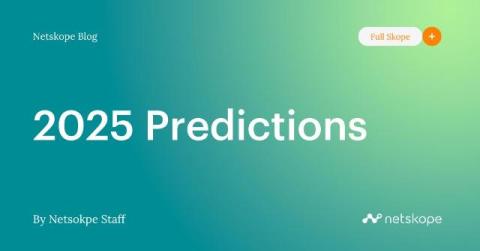How Will the NIST CSF Framework 2.0 Impact Everyone?
The National Institute of Standards and Technology (NIST) has released version 2.0 of its Cyber security Framework (CSF), significantly elevating cyber security guidelines. This update brings in major changes that will affect several actors like Chief Information Security Officers (CISOs), Managed Security Service Providers (MSSPs), and individual users, among others.


